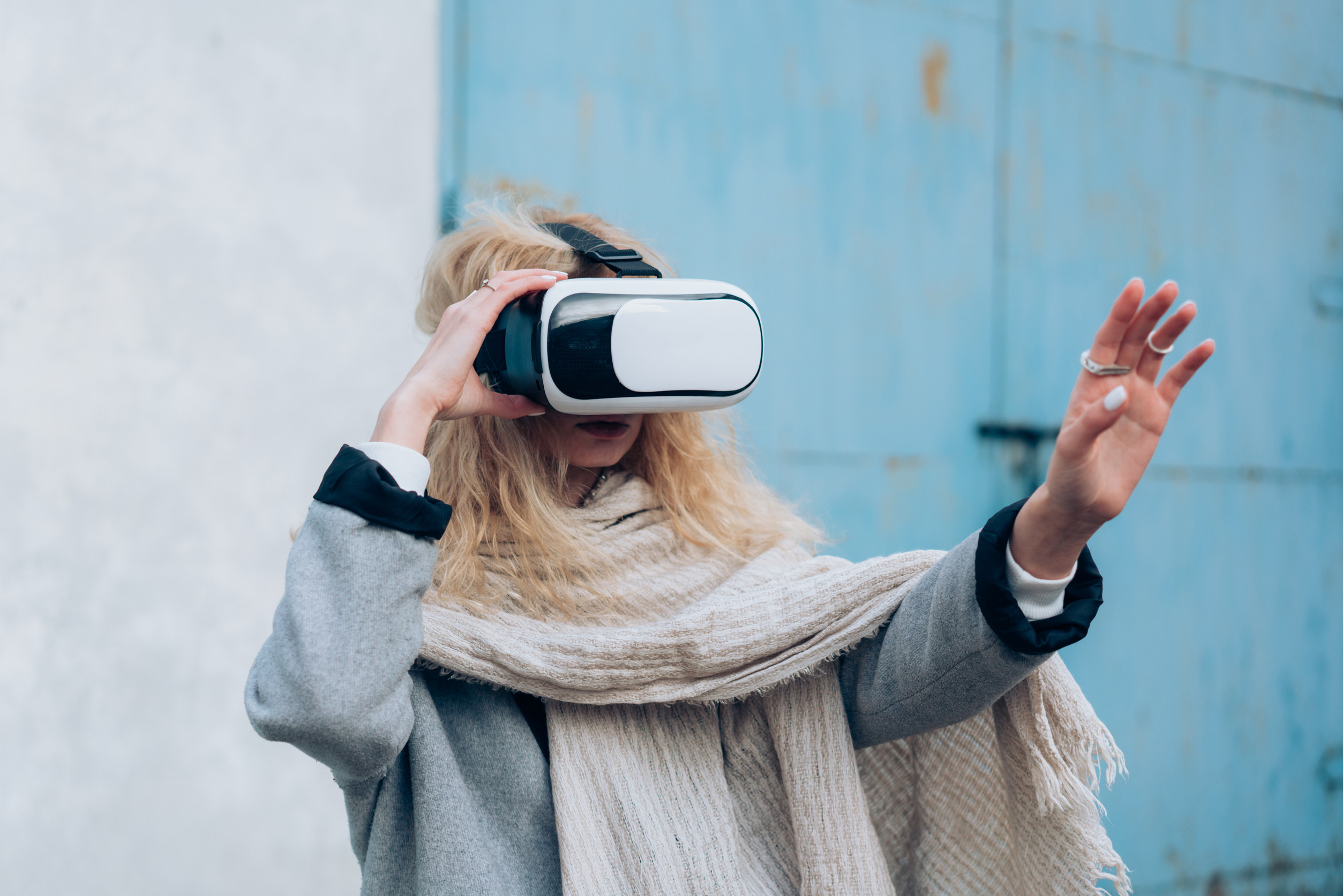In an age where convenience and innovation are sold as everyday miracles, the hidden reality often lies buried in dense patent documents that few people ever read. Many modern technologies promise to make life simpler, healthier, or more secure—but behind the polished marketing are blueprints that reveal unsettling side effects and intentions. A close look at these patents shows that what sounds harmless on the surface can, in truth, edge into dystopian territory.
From household gadgets to urban surveillance, these inventions can quietly reshape daily life in ways that are anything but reassuring. The next time a company touts a revolutionary product, the real story may not be in the ad—but in the fine print of the patent office.
1. Smart Home Assistants That Never Stop Listening
Voice-activated assistants have become a staple in modern homes, responding to questions, turning on lights, and even playing favorite songs. According to several patents, however, these devices can do much more than listen when commanded. Some patents reveal functions that allow these assistants to listen constantly, analyzing background sounds for commercial profiling. Such listening can detect private conversations and ambient noises, which are then used to refine targeted advertising. What seems like a harmless convenience becomes a subtle intrusion once the full listening capability is understood.
2. Wearable Health Trackers That Predict Behavior
Fitness trackers and smartwatches promise better health by monitoring heart rates, sleep patterns, and activity levels. Some companies have patented methods to take this constant flow of health data and use it to predict user moods, stress levels, and likely future actions. This predictive ability can then be shared with third parties for tailored ads or insurance risk assessments. While the idea of personalized wellness sounds appealing, few realize how deeply these devices can analyze private life. What looks like a friendly coach strapped to the wrist might also be a predictive spy.
3. Augmented Reality Glasses That See Everything
Augmented reality eyewear dazzles the imagination with promises of digital overlays, real-time translation, and navigation assistance. Buried in the patents, however, are descriptions of cameras and sensors that capture everything the wearer sees and hears. This information can be uploaded, stored, and analyzed to track consumer habits and surroundings. Entire environments, faces, and conversations may be cataloged without the knowledge or consent of those being recorded. The world through smart glasses looks cutting-edge—until the gaze turns out to be two-way.
4. Biometric Door Locks That Build a Hidden Database
Fingerprint and retina-scan door locks have been marketed as the future of home and office security. The associated patents often outline systems that store biometric data in centralized databases for cross-reference and analysis. Beyond simple access control, some designs allow this sensitive data to be shared with law enforcement or third parties under certain conditions. If compromised, this trove of unique biological identifiers could be misused in ways passwords never could. What seems like an upgrade in security could open doors to new vulnerabilities.
5. Smart Toys That Record Children’s Voices
Toys that talk and respond to children are advertised as educational companions that keep young minds engaged. Many patents for these smart toys include always-on microphones and cloud-based recording systems that store conversations for analysis. The stated purpose is to improve interactions and personalize responses, but the data can also be mined for commercial insights. These toys can build a profile of a child’s preferences, habits, and even home environment. In the wrong hands, a harmless playmate becomes a subtle surveillance tool.
6. Connected Cars That Watch Drivers Closely
Modern vehicles now come equipped with advanced driver-assistance systems that promise safer roads and more comfortable travel. Some manufacturers hold patents for interior monitoring technologies that use cameras and sensors to track driver alertness, eye movements, and even facial expressions. Data from these systems can be transmitted to insurance companies or advertisers to shape customized offerings. The potential for accident prevention is undeniable, yet the constant surveillance raises privacy questions. The friendly dashboard helper may also be an unblinking witness to every drive.
7. Smart Meters That Reveal Daily Routines
Smart utility meters are designed to optimize energy use, providing real-time data on electricity or water consumption. Patents for these devices show they can gather detailed usage patterns that reveal when residents are home, asleep, or on vacation. This information is valuable to energy providers, but it can also be shared or sold to marketers and other third parties. Some designs even allow integration with other smart devices to build a more complete picture of household behavior. A device pitched as an eco-friendly upgrade may quietly turn into an unexpected informant.
8. Brain-Computer Interfaces That Harvest Thoughts
Brain-computer interfaces sound like the pinnacle of human-machine collaboration, promising to help people control devices with mere thoughts. Deep within some patents are descriptions of technologies that do more than transmit commands—they also record and analyze neural data to predict behavior and emotional states. This data can then be monetized, creating new ethical concerns about the sanctity of human thought. For patients with disabilities, the benefits are undeniable, but the hidden costs may be steep. The same tool that unlocks potential can also open a window into the most private realm imaginable: the mind.
Remember: Safety First Always
Inventions that promise ease, efficiency, and connectivity often conceal unsettling capabilities within the fine print of their patents. Technologies that seem harmless—or even revolutionary—may quietly gather intimate details, build secret databases, and share personal information in ways few ever suspect. The hidden truths within these documents show that progress and privacy are not always comfortable partners. For anyone eager to embrace the next gadget, a deeper look under the hood may be wise. Share thoughts and experiences below—what technology seemed safe to you until you learned what it really does?
Read More
10 Safety Features in Cars That Are No Longer Standard
8 “Safe” Prescription Drugs That Are Quietly Wrecking Your Health


